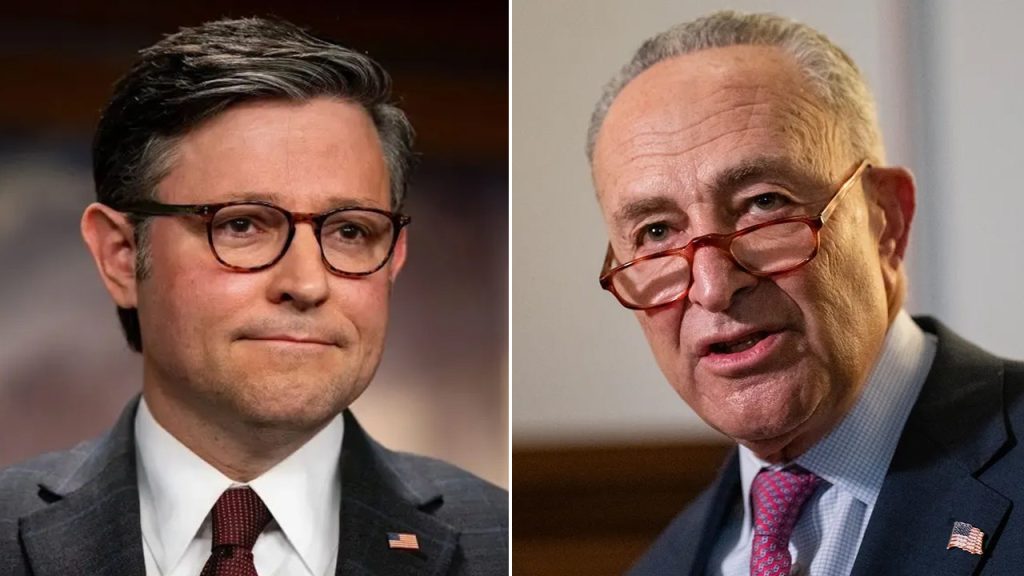The looming threat of a partial government shutdown has prompted Congressional leaders to unveil a short-term spending bill, a continuing resolution (CR), to extend current funding levels through March 14, 2024. This measure, the second CR since the end of Fiscal Year (FY) 2024 on September 30th, aims to provide lawmakers with additional time to negotiate a comprehensive budget for the remainder of FY 2025. The 1,547-page bill, released by House Republicans, not only maintains existing funding levels but also allocates over $100 billion for disaster relief following recent storms and provides $10 billion in economic assistance to farmers.
Beyond these core provisions, the CR incorporates a range of policy riders addressing diverse issues. Among these are provisions targeting Pharmacy Benefit Managers (PBMs) to mitigate their influence within the healthcare system. The bill also includes measures to revitalize Washington, D.C.’s RFK Stadium and its surrounding area, alongside outbound investment legislation designed to curb the flow of U.S. funds to Chinese military and technology companies. Reflecting recent concerns over drone activity, the CR reauthorizes and extends the government’s Unmanned Aircraft Systems program. To partially offset these expenditures, the bill allows the Treasury to recoup funds allocated to the Baltimore Key Bridge reconstruction.
The inclusion of these varied policy riders has sparked controversy, particularly among some House Republicans. These members, anticipating a “clean” CR focused solely on extending funding, have criticized Speaker Mike Johnson for incorporating unrelated policy matters. Their objections center on the lack of transparency and opportunity for thorough review of the extensive legislation before the impending Friday deadline. This dissent underscores the delicate balance between addressing urgent funding needs and navigating diverse political priorities within the House.
This short-term funding extension unfolds against the backdrop of a changing political landscape. With the recent election of Donald Trump, some Republicans had advocated for a longer extension into the new year, aiming to give the incoming Republican-controlled Congress greater control over government spending. This strategy, however, faced resistance from other GOP members who feared reigniting past budget battles could jeopardize the party’s agenda for the first 100 days of the new administration.
The tension between these competing approaches reflects the challenges facing the Republican party as it seeks to balance immediate funding needs with longer-term strategic goals. The narrow Republican majority in the House further complicates the situation, limiting the margin for error in navigating complex legislative negotiations. This political backdrop adds another layer of complexity to the already challenging task of securing government funding and avoiding a shutdown.
Ultimately, the fate of the CR rests on its passage through both the Republican-controlled House and the Democrat-controlled Senate before the Friday deadline. President Biden must then sign the bill before midnight to avert a partial government shutdown. The outcome of this process will significantly impact the government’s ability to function and will set the stage for future budget negotiations in the coming months. The debate surrounding this CR underscores the complex interplay of policy, politics, and the imperative to maintain government operations.

